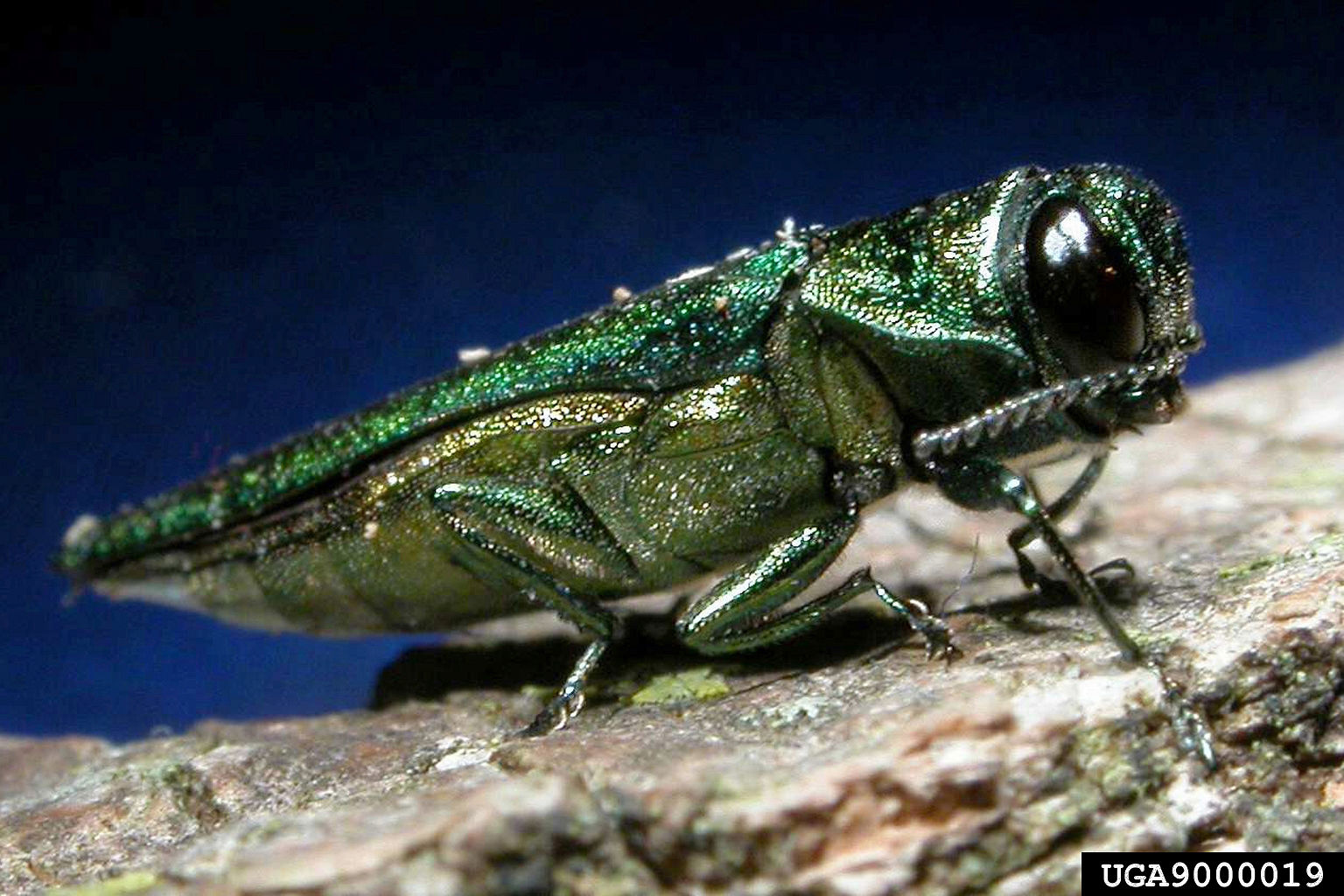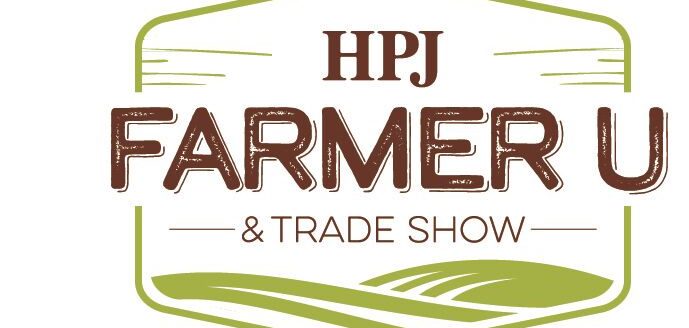The Nebraska Department of Agriculture in partnership with the U.S. Department of Agriculture, confirmed the presence of emerald ash borer in Columbus, Nebraska. The insects were discovered in an NDA trap used to monitor the spread of EAB across the state.
This is the first detection of EAB in Platte County. EAB, an invasive beetle that attacks and kills ash trees, was first discovered in Nebraska in 2016. Since that time, EAB has been confirmed in Cass, Buffalo, Dodge, Douglas, Hall, Lancaster, Sarpy, Seward and Washington counties.
EAB is a small, metallic-green beetle that is about a half inch long. The larvae of this wood-boring insect tunnel under the bark of ash trees, disrupting the flow of water and nutrients, ultimately causing the tree to die. EAB-infested ash trees will exhibit thinning or dying branches in the top of the tree, s-shaped larval galleries under bark, d-shaped exit holes and suckers (along the trunk and main branches).
The Nebraska EAB Working Group, offers the following suggestions to help prevent the human-assisted spread of the insect:
• Use locally sourced firewood, burning it in the same county where you purchased it, as EAB can easily be moved in firewood.
• Consider treating healthy, high-value ash trees located within a 15-mile radius of a known infestation. Treatment will need to be continually reapplied and will only prolong the tree’s life, not save it. Trees that are experiencing declining health should be considered for removal.
If you are in a non-infested county and think you have located an EAB infestation, please report it to the Nebraska Department of Agriculture at 402-471-2351, the Nebraska Forest Service at 402-472-2944 or your local USDA office at 402-434-2345.
Nebraskans are encouraged to contact a certified arborist to assist with EAB treatment and tree removal. Find local certified arborists through the Nebraska Arborists Association at https://nearborists.org/search-for-an-arborist/.


